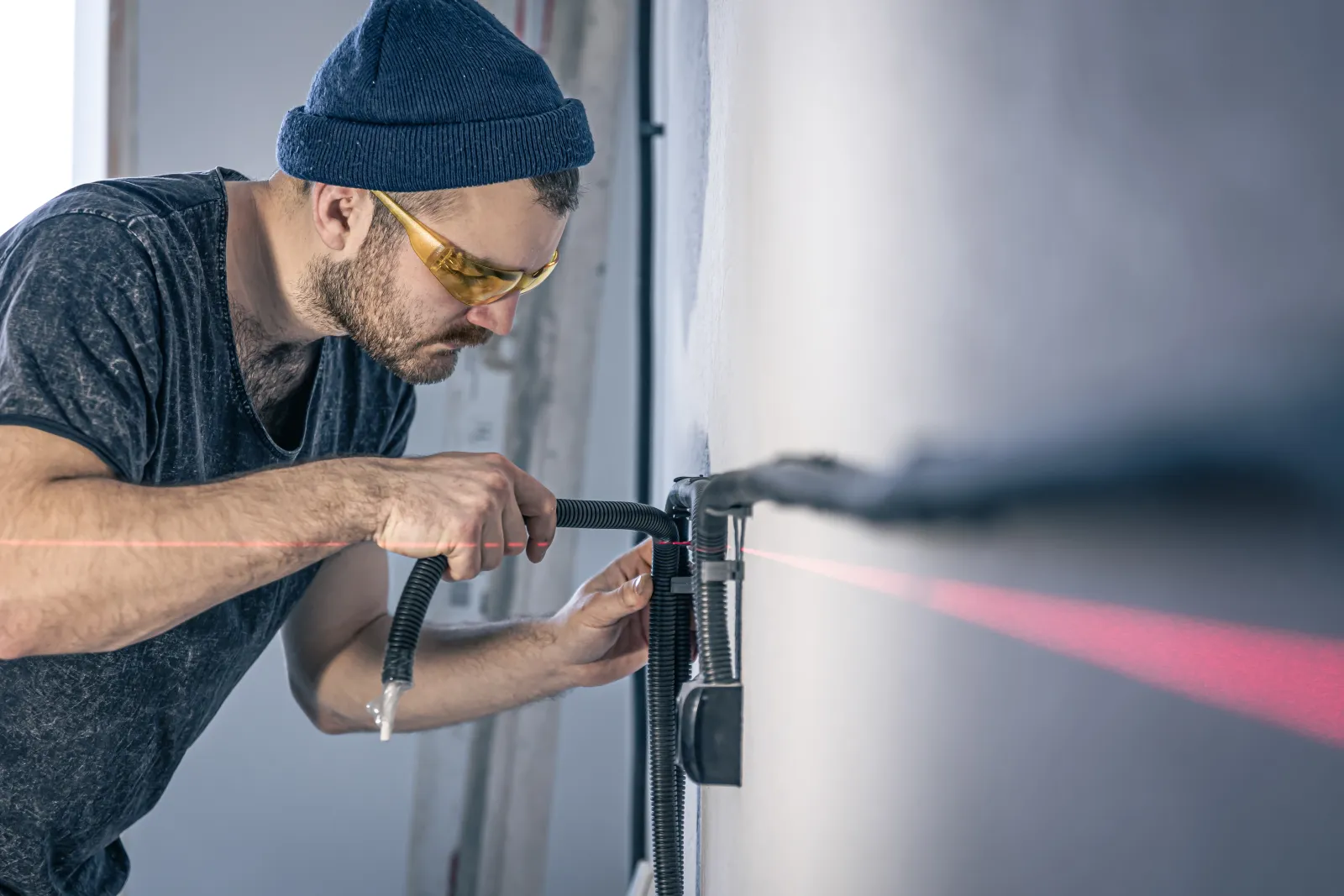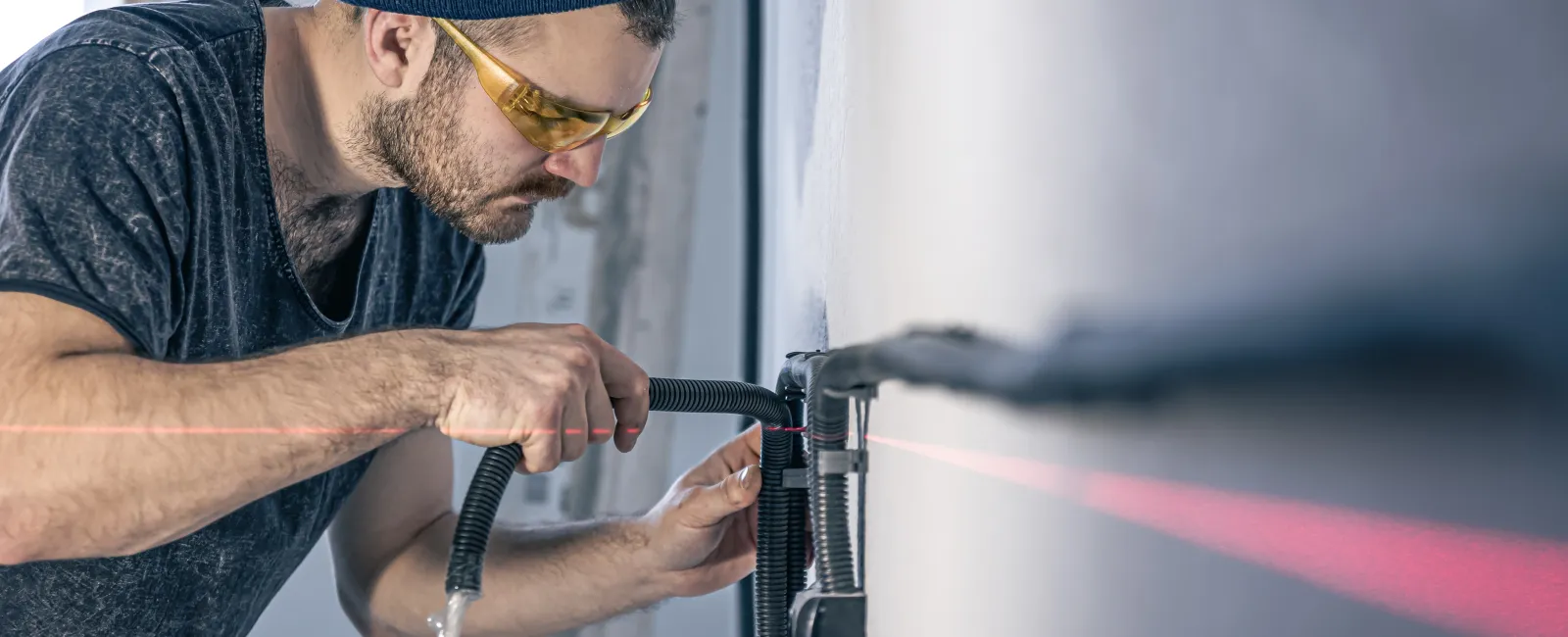It often happens without warning: a sudden, deafening "BANG!" from the garage that sounds like a gunshot. The culprit? A broken garage door spring. This single component is the workhorse of your entire garage door system, and when it fails, your day comes to a grinding halt. Not only are you faced with an unexpected and costly repair, but your vehicle might be trapped inside or outside the garage.

The good news is that many of these failures can be avoided. The importance of regular maintenance to prevent broken garage door springs is one of the most effective ways to ensure the longevity, safety, and smooth operation of your door. In this comprehensive guide, we'll explore why maintaining your springs is critical, how to spot warning signs, and answer the crucial questions about what to do when a spring breaks.
The Critical Role of Garage Door Springs
Your garage door springs are responsible for counterbalancing the immense weight of your garage door, which can weigh anywhere from 150 to 400 pounds. They do the heavy lifting so that you - and your automatic opener - can open and close the door with minimal effort. Springs are rated for a specific number of "cycles" (one cycle is one full open and close), typically around 10,000. If you use your garage door four times a day, you can expect a standard spring to last about 7 years.
There are two primary types of springs:
Torsion Springs: These are mounted horizontally on a metal shaft above the garage door opening. They work by twisting (or "torquing") to create the force needed to lift the door. They are generally safer and more durable than extension springs.
Extension Springs: Located on either side of the door, running parallel to the horizontal tracks. They work by stretching and contracting to lift the door. They require safety cables to prevent them from flying across the garage if they break.
Because both types are under constant, extreme tension, proactive garage door springs maintenance is essential to prevent failure, ensure safety, and avoid getting stuck.
The Inevitable Question: Can You Open a Garage Door with a Broken Spring?
This is one of the first questions homeowners ask when faced with a broken spring. The short answer is: you should not attempt it. While we have a detailed guide on how to open a garage door with a broken spring, it should only be done in a true emergency and with extreme caution, as it is incredibly dangerous.
Without the spring's counterbalancing force, you would be attempting to manually lift the full, dead weight of the door. This can lead to severe back injury. More importantly, if you manage to lift it, there is nothing to hold the door up. It could come crashing down without warning, causing serious injury or property damage. Your automatic garage door opener is also not designed to lift the full weight of the door; trying to use it can burn out the motor and cause further damage to the system.
Specifically, Will a Broken Torsion Spring Prevent a Garage Door from Opening?
Yes, in almost every case, a broken torsion spring will prevent a garage door from opening. The torsion spring system does the vast majority of the lifting. When it snaps, the garage door opener lacks the strength to lift the hundreds of pounds of dead weight. You will likely hear the opener motor straining and struggling, but the door will not move or may only lift an inch or two before stopping. This is a built-in safety feature to prevent catastrophic damage to the opener itself.
Signs Your Garage Door Springs Need Attention
Regular inspection is the best way to catch a failing spring before it breaks. Here are the key warning signs that your springs need professional service:
Visible Rust and Corrosion: Rust creates friction and weakens the steel coils. Springs showing significant rust are at a high risk of snapping.
A Visible Gap in the Coils: A torsion spring should be a continuous coil. If you see a 2-3 inch gap in the spring, it has broken. This is the moment to figure out what to do if your garage door spring snapped, which always starts with calling a professional.
Unusual Noises: Squeaking, screeching, grinding, or popping sounds during operation often indicate that the springs are binding or under immense stress.
Jerky or Crooked Door Movement: If the door opens and closes unevenly or seems to struggle, it could be a sign that one of the springs (in a two-spring system) has broken or is failing.
Door Feels Heavy or Closes Fast: If you disengage the opener and try to lift the door manually, it should feel relatively light (around 10-15 lbs) and stay in place when halfway open. If it feels extremely heavy or slams shut, the springs have lost tension and are failing.
How to Maintain Garage Door Springs Safely
Consistent maintenance can significantly extend the life of your springs. Follow this simple checklist:
Monthly Visual Inspections: Once a month, take a close look at your springs, cables, and mounting brackets. Look for any of the warning signs listed above.
Proper Lubrication (Twice a Year): Applying the right lubricant is key. Do not use WD-40, as it's a solvent, not a true lubricant. Instead, use a high-quality, silicone-based or white lithium garage door spring grease. Spray the entire length of the springs to reduce friction and prevent corrosion. This allows the coils to move smoothly against each other.
Perform a Balance Test (Quarterly): With the garage door closed, pull the emergency release cord to disconnect the opener. Manually lift the door to about waist height. If it stays in place, your springs are properly balanced. If it immediately falls down or shoots up, the balance is off, and it's time for a professional springs service.
Schedule Professional Annual Service: The most important step is to have a professional technician inspect and service your entire garage door system once a year. They can spot subtle issues, perform adjustments, and ensure everything is operating safely and efficiently.
Why Professional Spring Service is Non-Negotiable
While basic lubrication and inspection are manageable DIY tasks, any adjustment, repair, or replacement of garage door springs should only be performed by a trained professional. The immense tension stored in these springs makes them extremely dangerous. A sudden release of this tension can cause severe injury or even death. Technicians at Balanced Garage Doors have the specialized tools (like winding bars), training, and experience to handle the job safely and correctly.
Professional service not only ensures your safety but also guarantees the right springs are installed for your door's specific weight and size, preserving the longevity of your entire garage door system.
By investing in regular garage door spring maintenance, you can prevent the inconvenience and danger of a sudden breakdown. Regular inspections, proper lubrication, and annual professional service will keep your garage door functioning safely and smoothly for years to come.
If you've noticed any warning signs or if your spring has already broken, do not attempt to operate the door. Contact the experts at Balanced Garage Doors immediately. Our team is ready to provide safe, efficient, and reliable service to get your door back in peak condition. For more information or to schedule an inspection, visit us at Balanced Garage Doors.
